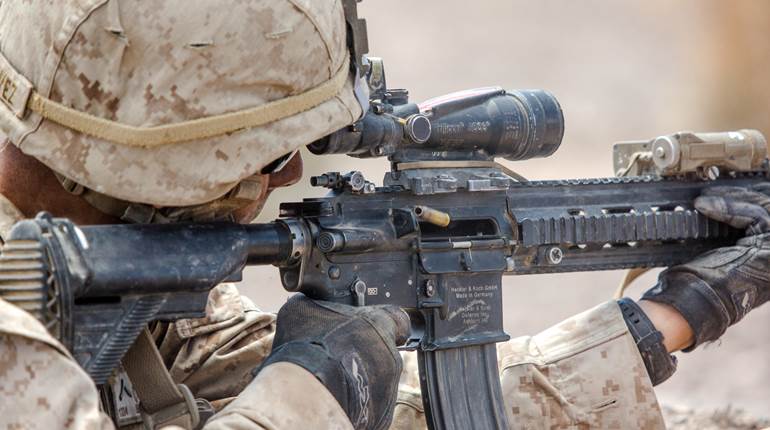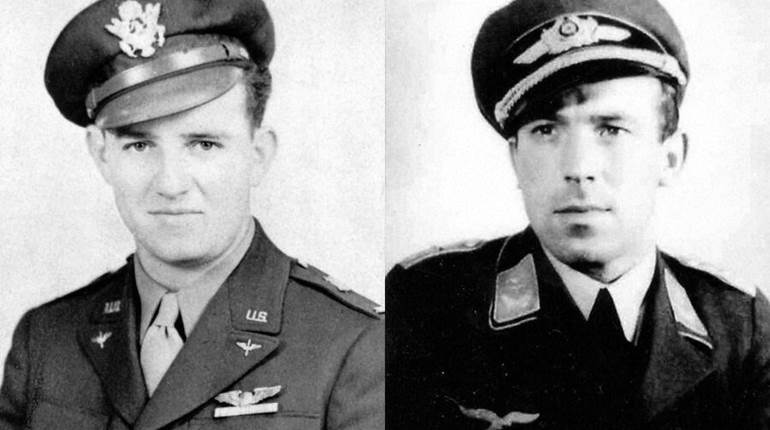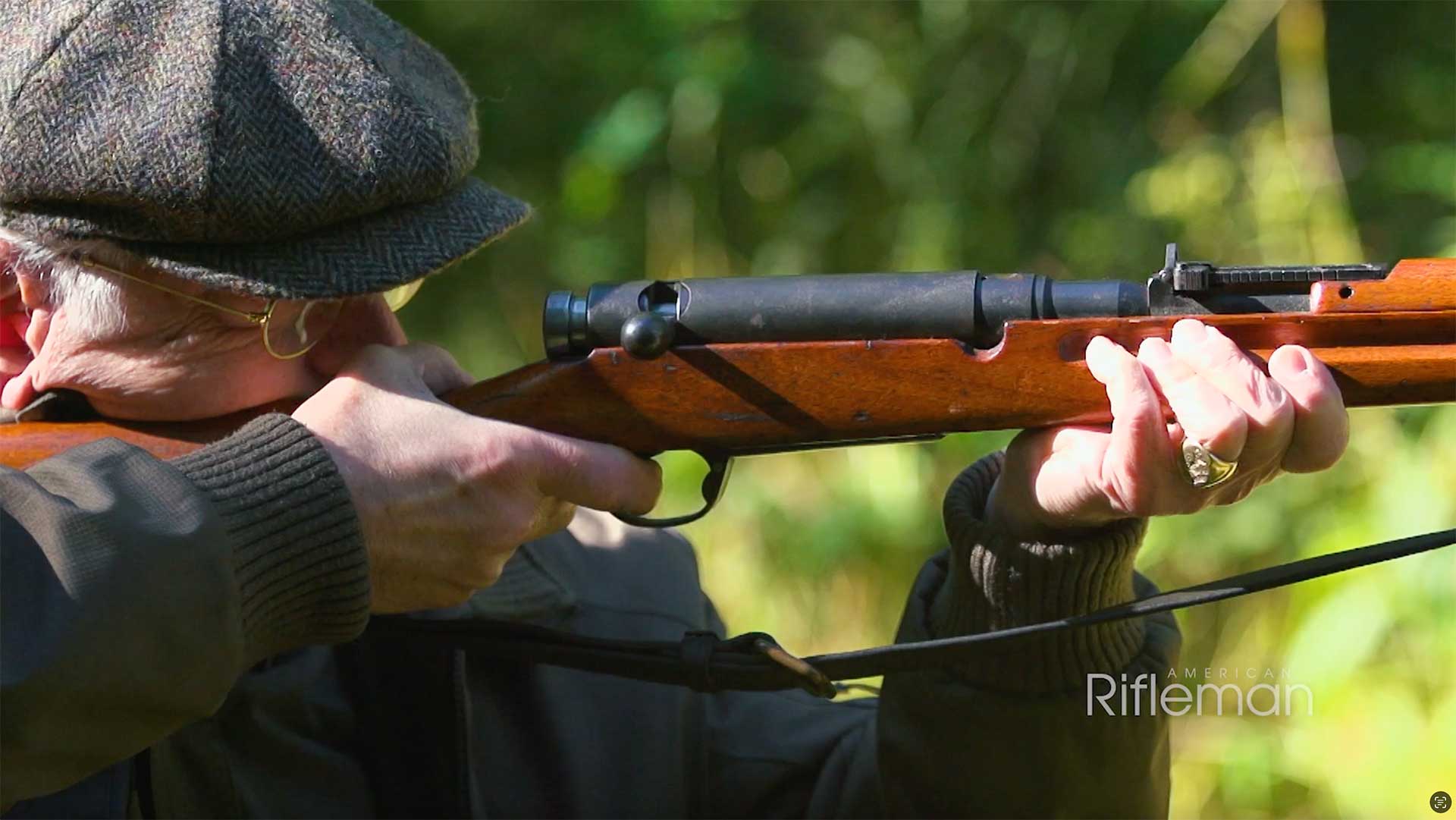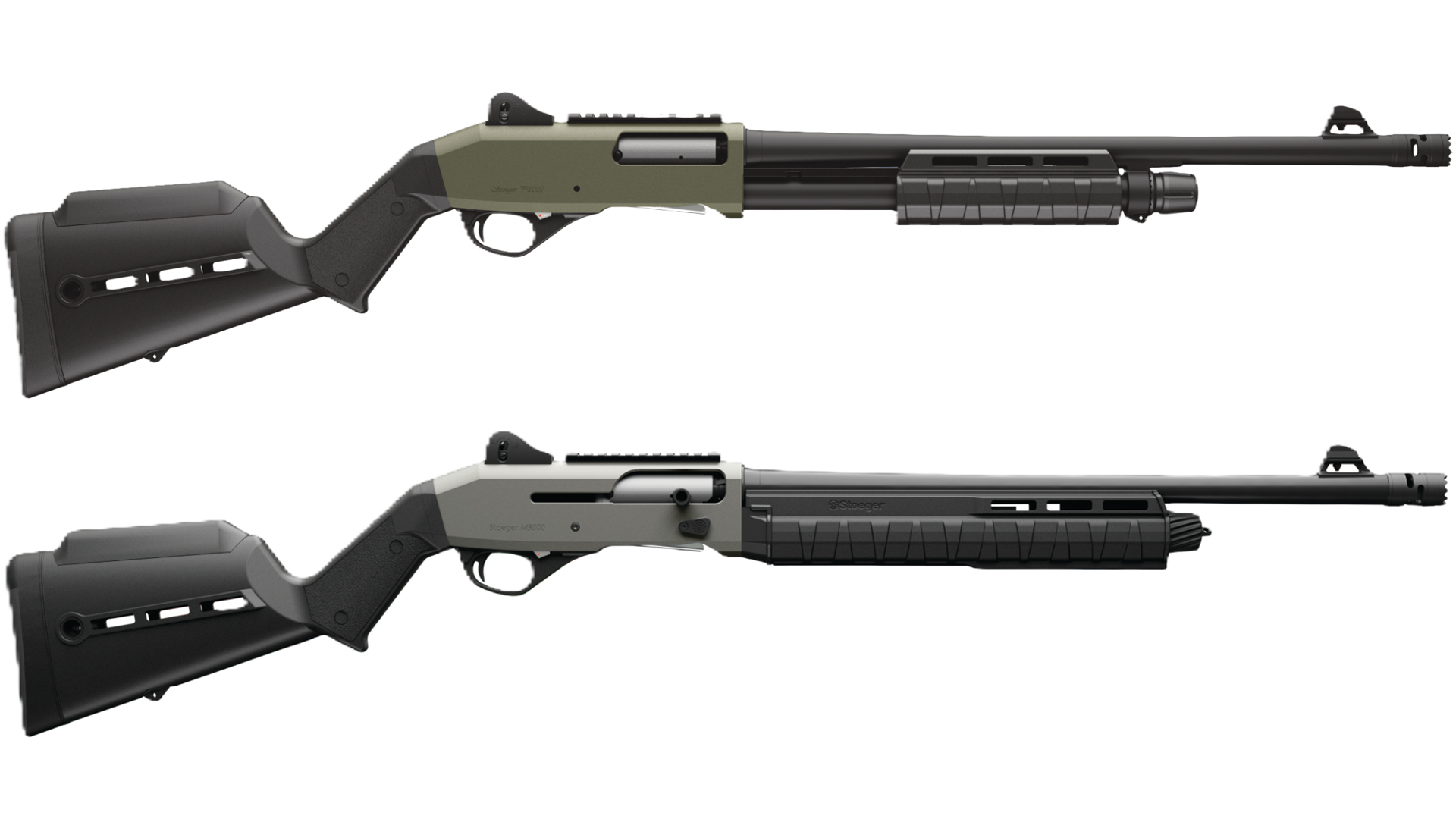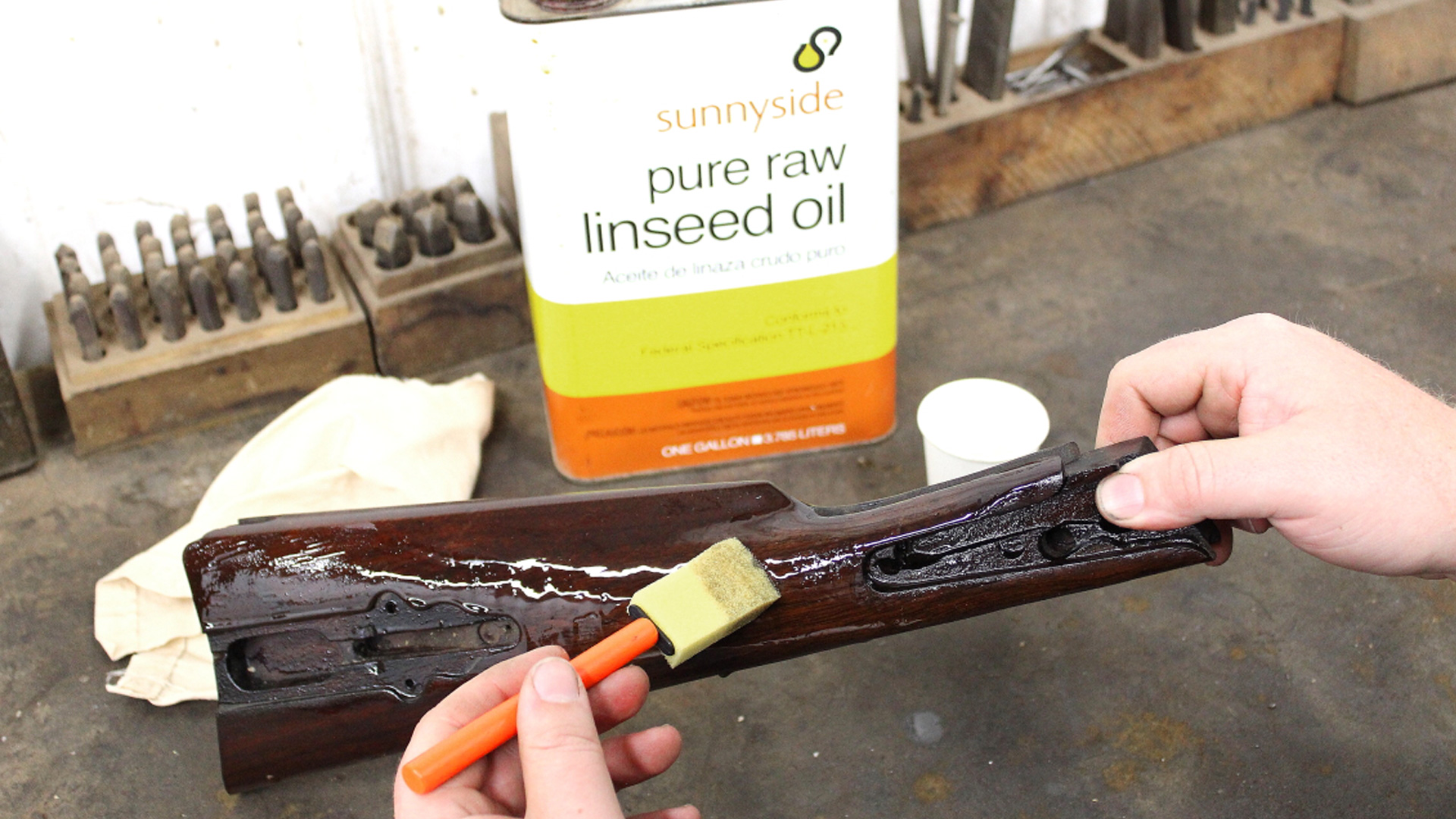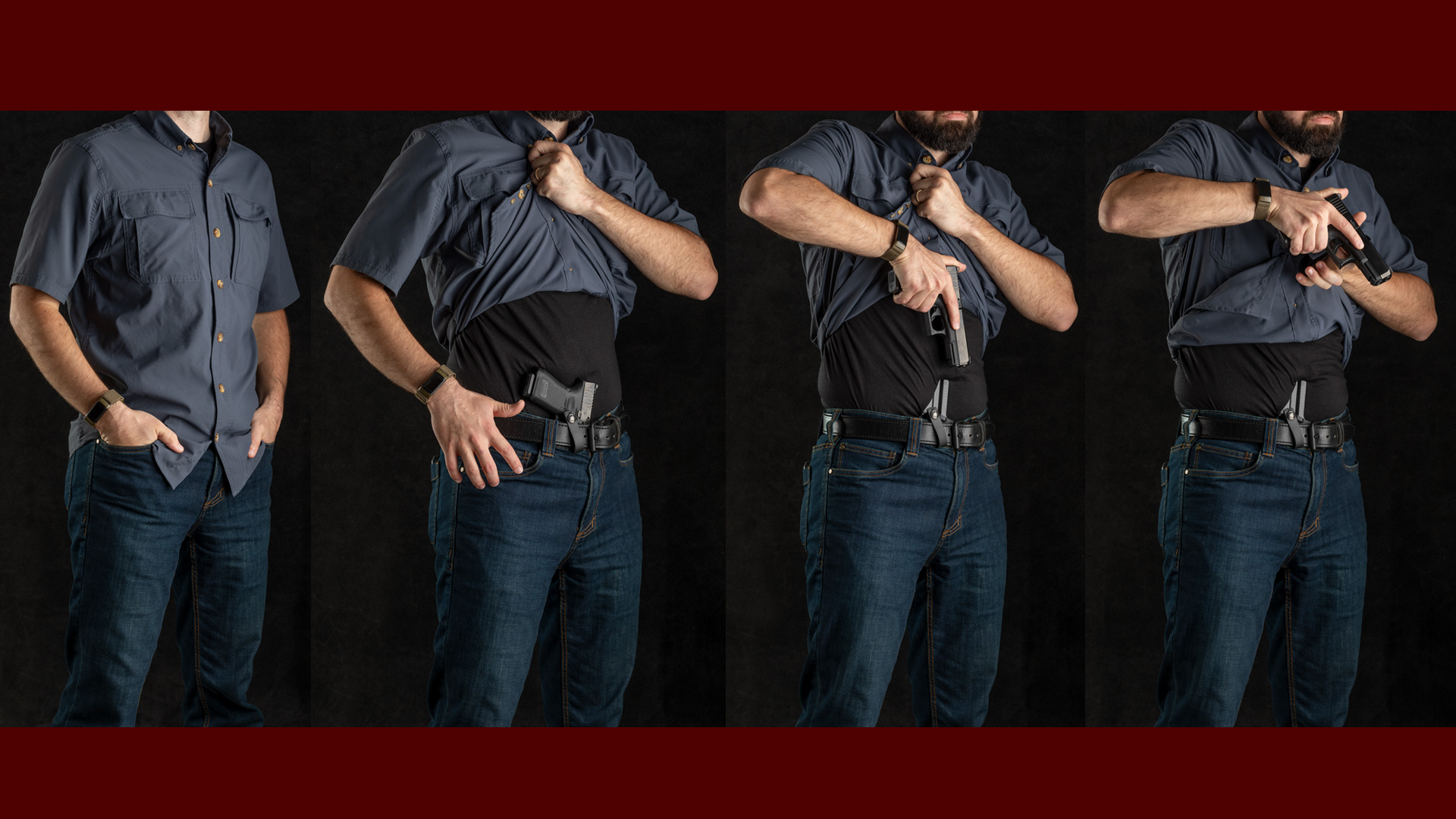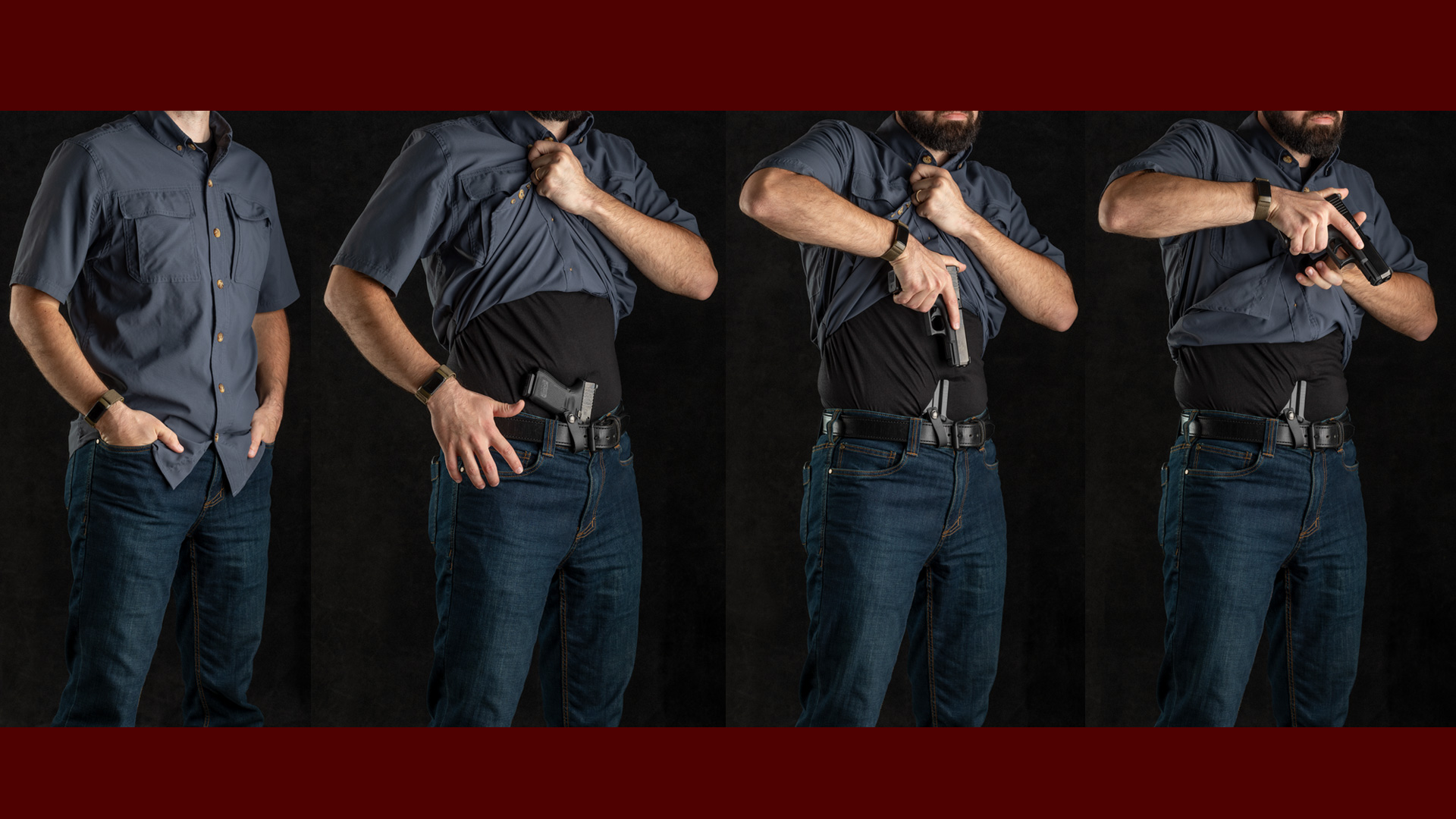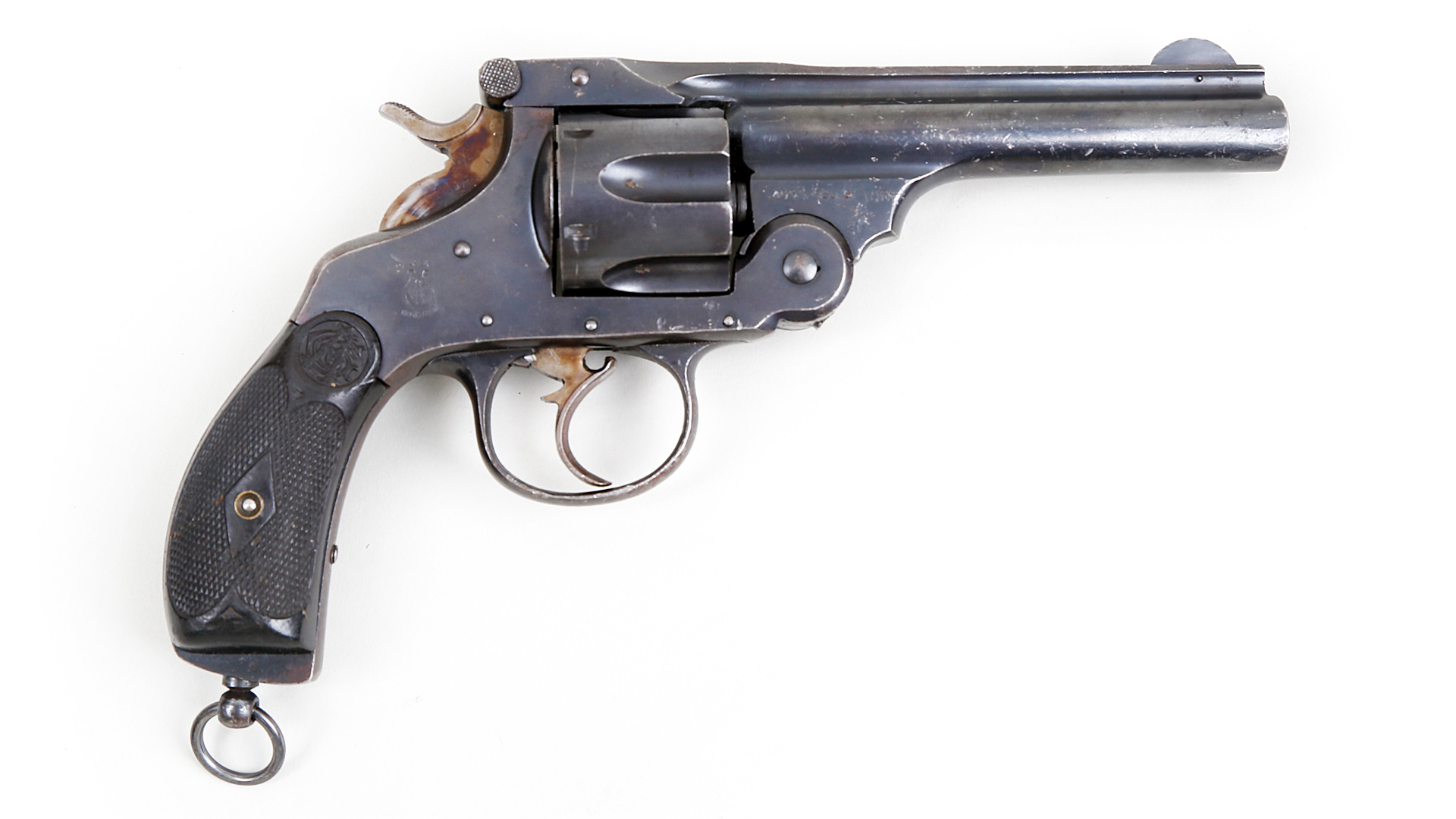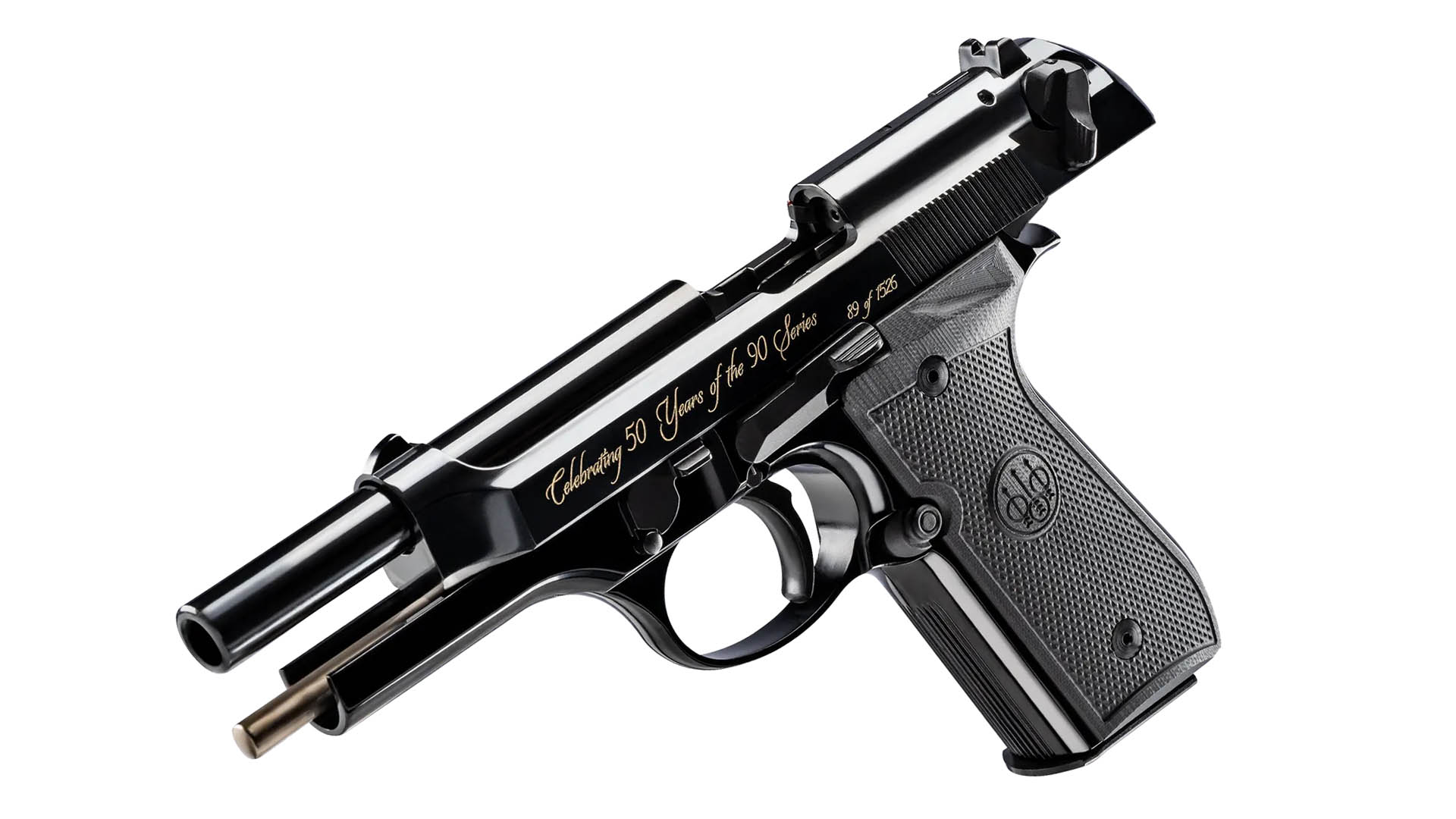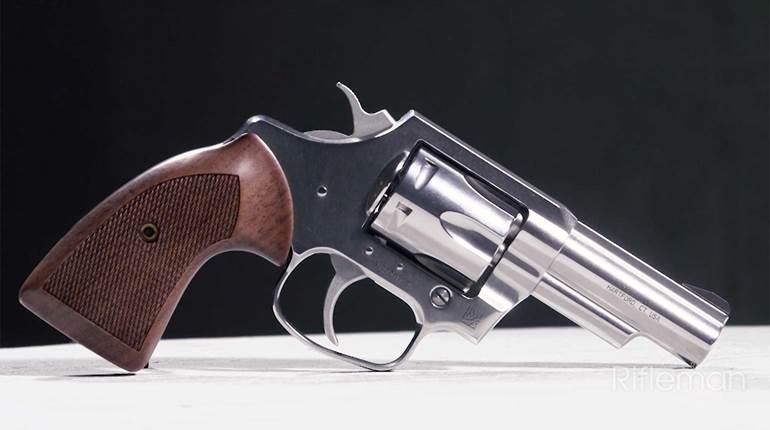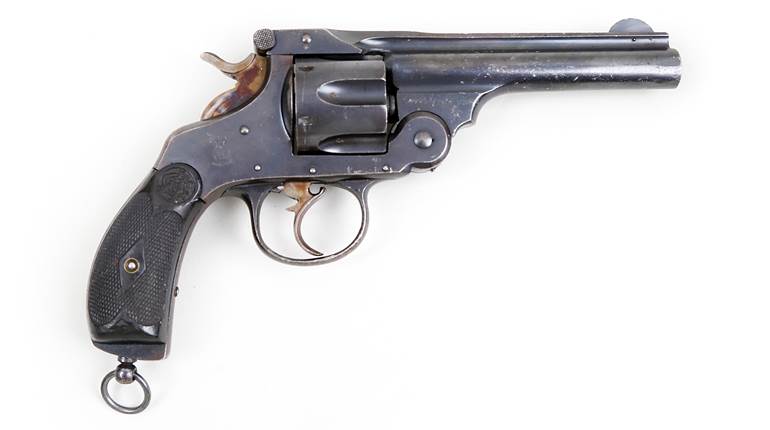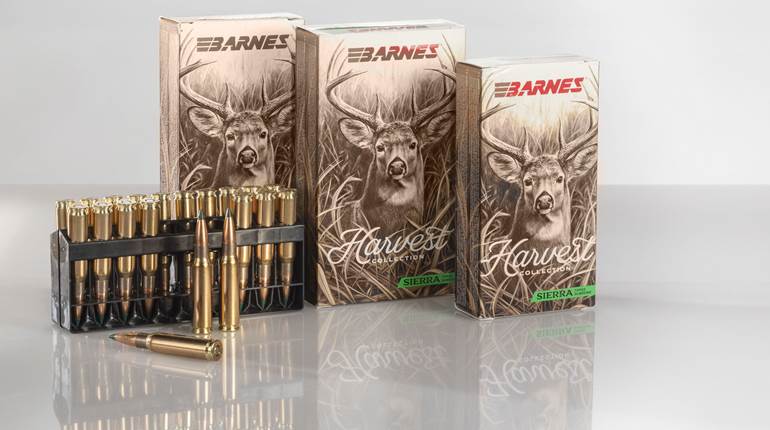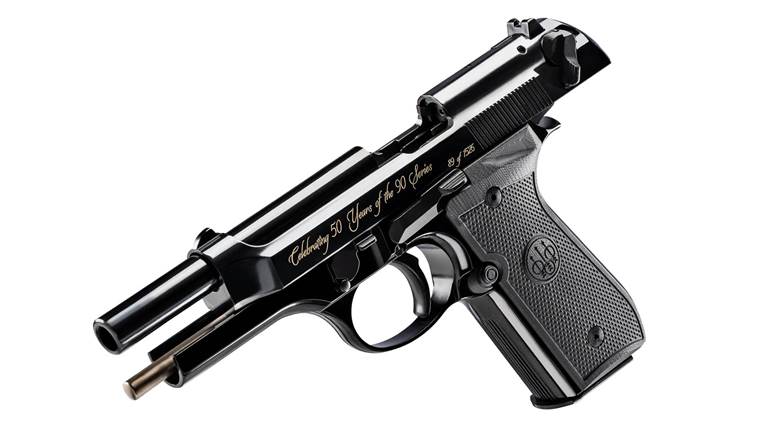
Between mid-September and late-November 1944, the U.S. military fought a ferocious battle against the Imperial Japanese Army in Palau, a group of 340 islands in the western Carolines 2,000 miles south of Tokyo.
In the aftermath of World War I, the Japanese Empire assumed administrative control of these islands through the League of Nations South Pacific Mandate established by the Versailles Treaty. Through the 1920s and 1930s, they improved infrastructure in Palau, developed commerce and eventually even militarized the islands by building seaplane bases, a submarine base and airfields.

By 1944, those installations posed a threat to the contemplated U.S. landings on Mindanao in the Philippines scheduled for later that year, so a decision was made to preempt the threat. This would be done through amphibious assaults against two Palauan islands, Anguar and Peleliu.
The larger of the two, Peleliu, was home to an Imperial Army airfield equipped with aircraft revetments, taxiways, a large, concrete headquarters building and a pair of intersecting runways capable of accommodating twin-engine bombers. With Mindanao just 500 miles away to the west and Guam just 800 miles away to the northeast, long range aircraft from Peleliu’s airfield could reach both the Philippines and the Marianas.

In the end, U.S. leadership canceled the invasion of Mindanao but not the Palau operation, which kicked-off on Sept. 15, 1944, when the 1st Marine Division stormed ashore on the western beaches of Peleliu. In the weeks that followed, the fighting reached an appalling intensity that foreshadowed battles yet to come.
It would eventually claim the lives of almost the entire Japanese island garrison of more than 10,000 men in addition to 1,794 Americans. The fighting also left Peleliu strewn with the debris of war. Even today, despite an ongoing de-mining operation, live hand grenades, mortar rounds, artillery shells and small arms ammunition litter the jungle.

The keen-eyed student of small arms will also find that guns are still there, too. A standard tourist visit to Peleliu today begins where the battle began on the invasion beaches of the island’s southwest coast, which is where the 1st Marine Division began the battle on Sept. 15 by landing three regiments abreast. The 1st Marines came ashore on "White Beach", a 650-yd. concave strip of sand that represented the division’s far-left flank.
At the far northern end of the sector, a natural rock outcropping known as “The Point” juts out 15 yds. from the shoreline and the Japanese concealed a concrete bunker for a 25 mm Type 96 auto cannon there. The position was oriented to direct flanking fire against anything or anyone approaching the beach, and it was backed-up by machine guns and concealed mortar positions that provided additional supporting defensive firepower.

A 26-year-old Captain, George P. Hunt (USMCR), commanding K Company, 1st Battalion, 1st Marine Regiment lead the assault on “The Point” with three platoons adding up to 235 men. He later described the Japanese positions found there:
“Pillboxes, reinforced with steel and concrete, had been dug or blasted in the base of the perpendicular drop to the beach. Others, with coral and concrete piled six feet on top were constructed above, and spider holes were blasted around them for protecting infantry.”

Capt. Hunt’s plan was to push inland and then take on the little fortress from the rear, but three days of preliminary naval bombardment had done nothing to the position and it unleashed a relentless volume of fire.
Nevertheless, Hunt’s 1st and 3rd platoons conducted an assault during which one of his squad leaders, a 20-year-old Corporal named Henry W. Hahn, tossed a white-phosphorus smoke grenade through the casemate’s firing port. Suffocating from the combination of penetrating heat and toxic fumes, the Japanese soldiers inside attempted to escape but the white phosphorous had set them ablaze.

Hunt later reported that, as they spilled out of the position on fire, the rifle cartridges in their clip pouches were cooking-off in a particularly gruesome scene. Although the way the jungle has reclaimed the Japanese bunker over the decades since 1944 is stunning in its natural beauty, it is impossible to visit the site today without picturing that violent moment.
By 10:00 a.m., all of Hunt’s platoon leaders were casualties and his overall strength was 60 percent of what it had been when the landings began just after 8:30 a.m. Soon thereafter, as his men languished in the 115-degree equatorial heat, the Japanese counterattacked with supporting mortar fire in a move that severed K Company from the rest of the 3rd Battalion. Making matters even worse, Hunt’s men soon ran out of fresh water.

Although they spent that first night on the island cut off from the rest of the 1st Marine Regiment, the Brooklyn-class light cruiser USS Honolulu (CL-48) and three destroyers provided star-shell illumination to help them turn back Japanese infiltrators. Twice during the night and then again shortly after dawn on Sept. 16, the Japanese launched bitter counterattacks against the K Company positions, but Capt. Hunt and his Marines held them off.

Throughout this phase of the action, Cpl. Hahn expertly directed the fire of his squad, and his leadership was instrumental in repulsing the opposing force. Once the sun was up, Capt. Hunt counted the bodies of more than 100 Japanese troops littering the area around “The Point.” In the afternoon Hunt’s Marines received resupply, but then the Japanese attacked again and the fighting reached a climax during which Henry Hahn received a fragmentation wound.
Despite the injury, he chose to lead his squad on a reconnaissance patrol that ultimately encountered a numerically superior Japanese force. Using just M1 rifles and hand grenades, Cpl. Hahn and the patrol drove the enemy back and then returned to friendly lines. Only then did he agree to being evacuated as a combat casualty.
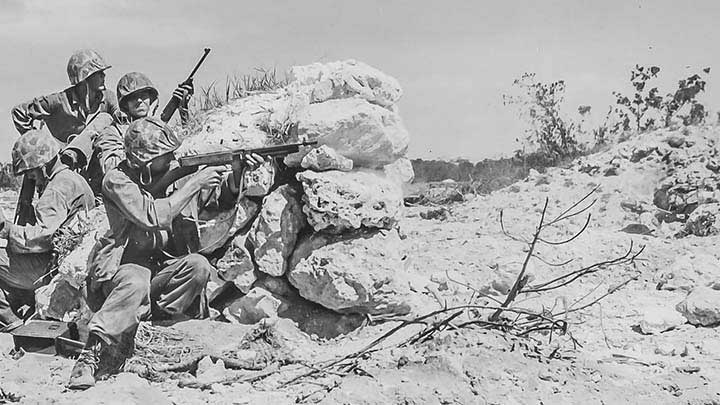
More fighting at “The Point” continued during the second night, but by then the 5th Marines had captured the airfield and begun the push toward Peleliu’s eastern shore. For more than 30 hours, K/3/1 had survived four major counterattacks despite being surrounded, low on supplies and out of water. It had suffered 32 killed and 125 wounded, leaving only Captain Hunt and 77 Marines still capable of fighting when it all came to an end.

The bodies of more than 400 dead Japanese soldiers in the immediate area of the position provided a powerful indication of just how vicious an engagement it had been. Bravery, fighting spirit and the determined leadership of George Hunt as well as Henry W. Hahn had determined the outcome. Both men were ultimately recognized for their contributions when they were awarded the Navy Cross.

You can tell just how fierce the battle at “The Point” was by the way that the debris of battle litters the area to this day, and makes it impossible not to imagine what happened there in Sept., 1944. Shell casings and live rounds of various calibers can be easily found, but so can more substantial artifacts. On March 27, 2017, the author walked about 50 ft. down "White Beach" from “The Point” and noticed what at first appeared to be an oddly shaped rock lying in the sand.

On closer inspection, it turned out not to be a rock at all, but rather the receiver and top cover of a Browning M1917A1 .30-cal. heavy machine gun. How it ended-up on "White Beach" would be a matter of pure speculation at this point, but it was there, and the author felt it best to see to its preservation, so he took it to the island’s museum. It remains on display there now with a simple note describing where and when it was discovered.

Peleliu’s museum is a collection of artifacts from the battle and it is housed in a concrete Japanese blockhouse located near the airfield. During the naval bombardment that preceded the Sept. 15 amphibious landings, battleship USS Pennsylvania (BB-38) scored a direct hit on this structure. The evidence of which can still be seen today in the form of a gaping hole in the wall where a 14” shell passed through the concrete.

The collection inside the blockhouse includes a number of relic-condition firearms recovered on the battlefield during the decades after the battle. There are examples of the BARs, Type 92 heavy machine guns and other weapons used during the 73-day clash of arms that forever changed the complexion of the island. In addition to artifacts on display inside the blockhouse, there are artifacts on display outside as well.

At several locations on Peleliu, World War II military vehicles can be seen. This includes an M1 Medium Tractor (the military designation for the Allis-Chalmers HD-7W) at the base of Hill 100, a Japanese Type 95 Ha-Gō light tank on the airfield and several examples of one of the most important vehicles of the Pacific war, the Amphibious Tractor or AmTrac. Because it was capable of transporting personnel from ships in deep water all the way to the beach and beyond, the AmTrac, also known as Landing Vehicle Tracked or “LVT”, played an indispensable part in every amphibious landing in the Pacific Theatre.

Examples of the standard configuration LVT can be found at several locations on the island today, but Peleliu also continues to be home to LVTs that were specially modified to provide supporting fire for the infantry during the first wave of an assault landing. One version is the LVT(A)-1, which mounts a turret armed with a 37 mm gun and the other version is the LVT(A)-4, an example of which is located near the end of one of the old runways, which mounts a turret armed with a 75 mm howitzer.

During a visit to Peleliu in March 2014, the author stopped at the LVT(A)-4 for a few photographs and noticed an otherwise unremarkable piece of rusted metal on the vehicle’s left side track sponson. Under closer examination, the object turned out to be the receiver of an M1928A1 Thompson submachine gun.
There was no bolt, no actuator, the Cutts compensator was rusted away along with the rear sight, and the fire control group was missing. Otherwise it was unmistakably a Thompson. The Republic of Palau prohibits the removal of any military artifacts, so after a few photographs, the receiver went right back where it was found on the LVT(A)-4.
By the end of the first week of the battle of Peleliu, the 1st Marine Division had captured the entire southern end of the island. The fighting had been tough, and the casualties had been high with 70 percent in the 1st Marine Regiment. However, everything was about to take a turn for the worse because the terrain over which the Americans would now have to maneuver was about to become much more complicated.

With the loss of the western beaches and the airfield, Japanese forces on Peleliu withdrew into defensive positions within the island’s central hill mass, a complex of jagged limestone ridges, knobs, gulches, sinkholes and caves known as the Umurbrogol. Within the setting of this broken and rubble-strewn terrain, the Americans would have to fight the kind of attritional warfare that the 1st Marines could no longer endure. Having sustained massive combat casualties during the opening phase of the battle, the regiment had ceased to be an effective fighting force.

If the fight was to continue, it would be necessary to bring in reinforcements and that was done on Sept. 23 when the 321st Regimental Combat Team of the Army’s 81st Infantry Division landed on the island’s western coast. Fighting alongside the Marines, soldiers from the 321st pushed across a trail at the northern end of the Umurbrogol in a move that, by the afternoon of Sept. 26, had isolated a force of approximately 2,000 Japanese defenders in a pocket that it would take five U.S. regiments almost two months to reduce.

It was roughly 900 yds. long and 400 yds. wide, and consisted of “some of the most unpleasantly exotic terrain on the face of creation,” as one veteran would later describe it. The Umurbrogol pocket’s coral formations were littered with jagged boulders and rubble that made it difficult to move, and its steep slopes meant that there was no place for the attacker to hide. By committing to a defensive fight-to-the-death in fixed positions in the hill mass, the Japanese abandoned all possibility of a maneuver battle on the island and, by extension, they had abandoned all possibility of repelling U.S. forces.

After the fall of Saipan nearly three months earlier, the Imperial armed forces realized that pointless “banzai” charges were unproductive and wasteful, and so they would not be used on Peleliu. Instead, the fighting there would take the character of an attritional slogging match intended to stretch the battle out as long as possible and tie-up U.S. troops for the greatest length of time possible.
Although other protracted defensive battles would follow on Iwo Jima and Okinawa, Peleliu would be the proving ground where the strategy would be tested for the first time, and this is why September eventually gave way to October with no end in sight. For the troops engaged in ground combat operations, the adversities continued unabated because in southern Palau, even during autumn months, the daily high temperature rises to a sweltering 105 degrees.

By this point, it was two weeks since the initial landings, and despite the immense firepower brought to bear against the island, the struggle on it had produced 5,000 dead and wounded. When the 7th Marines took over the mission to reduce the pocket on Sept. 29, it began a two-week rotation during which the regiment would sustain 46-percent casualties. That high rate was produced mainly by a technique known as “corkscrew and blow torch” that employed the satchel charge and the flamethrower as the only means of making progress.

Even with artillery support, close air support and the extensive use of flamethrower tanks, the slogging match continued to wound and kill at an astonishing rate. Because of this, Marines and soldiers began referring to the Umurbrogol as “Bloody Nose Ridge” in acknowledgement of the brutal and unrelenting fight that was unfolding within the cracks and fissures of the pocket’s coral badlands. This phase of the battle produced one of Peleliu’s most striking landmarks: a knocked-out M4 Sherman tank nicknamed “Flyin’ Home.”

In Sept., 1944, it belonged to A Company of the U.S. Army’s 710th Tank Battalion and it participated in the Battle of Anguar for a week before being transported to Peleliu to support the 1st Marine Division. On Oct. 18, “Flyin’ Home” was directing fire at Japanese forces in cave positions in the vicinity of Hill 210 when it drove over an aerial bomb that had been buried to function as an improvised anti-tank mine. The explosion breached the bottom of the Sherman and started a fire in the hull that killed S4 Otto Hasselbarth, Cpl. Michael Valentino, PFC Georges Lopes, and PFC Howard Dahms.

Today they are remembered by a memorial plaque sitting just a few feet from the wreckage, and an M1919A4 .30-caliber machine gun is still in the bow mount for the tank’s assistant driver. Two days after “Flyin’ Home” met its fate, the 81st Infantry Division relieved the 1st Marine Division completely and began mopping-up operations despite the fact that organized groups of Japanese soldiers would continue to resist for another five weeks.
One of the highlights of a visit to the island is the Battle of Peleliu Jungle Trail. This prepared footpath leads visitors into the heart of the sharp precipices of the uplifted coral plateau where the Umurbrogol pocket took its final form. The trail is strewn with U.S. and Japanese field gear: entrenching tools, mess kits, canteens and gas masks are almost everywhere you look.

Ominously, it is also strewn with unexploded mortar rounds, artillery shells and even the occasional hand grenade, which is unsurprising considering the unrelenting character of the fighting that took place there. It has been estimated that U.S. forces used over 118,000 hand grenades and over 150,000 mortar rounds during the battle. Even though de-mining and clearing has been going on for quite some time on the island, the Jungle Trail is a place where you can still see “Explosive Remnants of War” as they are now called.

During a hike there on March 28, 2017, the author had not even gone 500 ft. down the length of a feature known as “China Wall” before he spotted the unmistakable profile of an M1 Garand rifle.
Although the wood was long gone and the receiver heel was missing, the barrel, operating rod and gas cylinder confirmed that this relic was indeed a Garand that had been carried onto Peleliu by some forgotten soldier or Marine in 1944. Nearby, a loaded 15-round magazine for the M1 Carbine blended in with the natural jungle foliage to such a degree that it almost went unnoticed. Another 1,000 ft. down the trail, an M1918A2 Browning Automatic Rifle was found leaning against a rock.

To be a student of firearms history on Peleliu’s Jungle Trail is to experience a hallowed ground like no other, because there just isn’t a battlefield anywhere else on earth quite like it. Guam, Saipan, Tinian and Iwo Jima are close, but they are places where the march of time has moved on. They are places where the modern era feels more present than it does on Peleliu.

Even though it is now overgrown in a way that it was not during the battle, at every turn Peleliu reminds you how one of the most intense battles of the 20th Century was fought on it, especially on the Jungle Trail in the Umurbrogol pocket. By Nov. 8, there were only 300 Japanese Imperial Army soldiers left in the pocket, but still they fought on.
By Nov. 24, the Americans had captured every enemy position but one, the island’s “Last Command Post.” Col. Kunio Nakagawa, the 46-year-old commanding officer of the Imperial Army’s 2nd Infantry Regiment, had led Japanese forces throughout the vicious engagement.

After 70 days of combat, all that he had left was 120 men, more than half of which were so badly wounded that they could not fight. Col. Nakagawa understood that defeat was inevitable. Rather than surrendering or allowing himself to be captured, he burned his regimental colors and then committed ritual suicide. The Peleliu Jungle Trail will ultimately lead you to the site of his “Last Command Post," but you have to do a little climbing to reach it.
While that place may feel more than a little haunted, for anyone interested in this chapter of World War II history there is no better place to contemplate the Battle of Peleliu, a battle that was supposed to last only three days. When the Army finally declared the island secure on Nov. 27 though, two months, one week and five days had passed.
That two months, one week and five days had been characterized by battle fatigue, heat exhaustion and disease in addition to staggering combat casualties. Peleliu was a place of blood and suffering that stood in sharp contrast to every battle that came before it and, in many ways, introduced the U.S. to the confronting reality that achieving victory in the Pacific through ground combat operations was going to be costly and time consuming.












